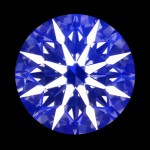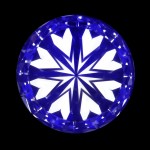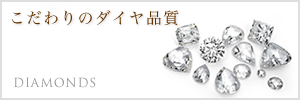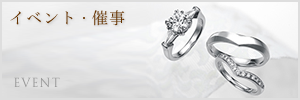Hearts & Arrows | Heart & Cupid | Same Same, But Different.
Hearts & Arrows | Heart & Cupid | Same Same, But Different.
By Mark Hiroshi Willis
In a previous company I would regularly travel to one of our diamond polishing factories in Bangkok, Thailand. There we would polish the diamonds that would later be used in the exquisite diamond rings of famous luxury brands such as Tiffany and Mikimoto. One phrase that always stuck with me was “Same Same, But Different” (I even have the t-shirt). The Thai people use this phrase, which basically means that things are similar. In the diamond business, being similar just doesn’t cut it. Small differences in the 4C’s can mean huge differences in price and the overall beauty of a stone.
In Japan, the birthplace of Hearts & Arrows, the term was patented by a Mr. Kinsaku Yamashita and he uses it for his own brand. In it’s place, Japan’s largest gemological laboratory (Central Grading Laboratory or CGL) patented the term Heart & Cupid and is kind enough to allow all the other domestic laboratories to use this term as long as they follow the strict criteria for giving the Heart and Cupid stamp of approval.
So in my search to give clients and readers the most accurate information, I decided to go directly to the industry standard, CGL (located throughout Japan in Tokyo, Nagoya, Osaka, Fukuoka, and Kofu).
It was then that they provided me with a Japanese copy of their Heart & Cupid criteria which can be viewed directly on their website. With my background of being Japanese/American and a Graduate Gemologist of the Gemological Institute of America (GIA), I offered to do the English and technical translation (CGL Website: English and Japanese PDF Files).
After carefully studying the criteria one can clearly see there is a huge difference between real Hearts & Arrows and the fake ones being sold everywhere.
Most laboratories around the world do not have set criteria for Hearts & Arrows (even GIA), and therefore we see many dealers, shops, online diamond dealers, etc taking it upon themselves to interpret it in their own way. Some companies will even go as far as laser inscribing “H&A” on the side of the stone.
And when we look at the bottom line and how it affects price, the answer is:
A price differential of 10%, 20% and even more depending on the stones size and grade.
For such a huge difference in price and beauty, don’t you think you should have the stamp of approval from an independent laboratory with strict guidelines? Or maybe “Same Same”is good enough for you.
Key Points
• Hearts & Arrows patented by Mr. Kinsaku Yamashita in 1988
• Heart & Cupid patented by CGL in 1997.
• CGL allows the diamond industry to use the term Heart & Cupid as long as they follow the strict criteria.
• When buying a stone labeled Hearts and Arrows, be sure to buy one that has been graded by a reputable laboratory that adheres to the strict grading criteria.
• Price difference of 10%, 20%, or more!
For further information, contact us at info@diamonds.co.jp
Located in Tokyo, Japan we specialize in 1 carat and up, diamond engagement rings.
We also carry a regular line of wedding bands, eternity rings, diamond earrings, diamond necklaces, and unique diamond accessories.














